No one sets out to waste energy, but it's easy to do. Check out these common energy-wasting habits. If they seem familiar, maybe it's time you started making energy efficiency a part of your daily routine.
Leaving the lights on in empty rooms

This is one of the most common energy-wasting habits and, luckily, one that’s easy to fix. By simply turning off lights when you leave a room, you’ll save energy and help your bulbs last longer. To save even more, install energy-efficient LEDs. They use 75% less energy than conventional incandescent bulbs and last a lot longer.
Not programming your thermostat
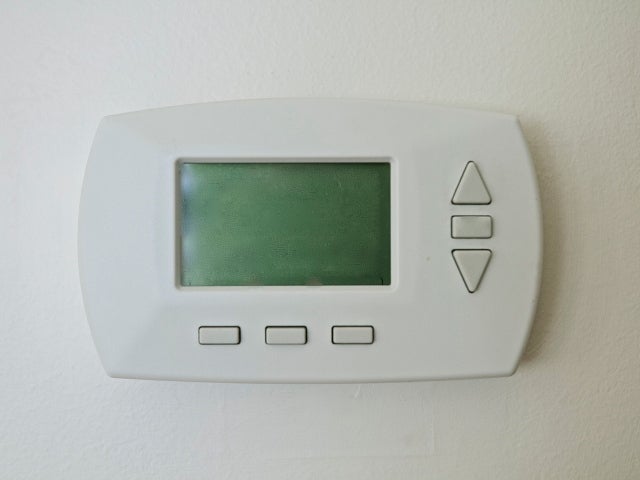
Adjusting the temperature of your home at night or when you are away is the most cost-effective way to save energy, but it’s easy to forget. Programmable thermostats optimize savings by automatically adjusting temperatures based on your schedule. By properly setting your programmable thermostat, you can save up to $180, according to ENERGY STAR®. Today’s smart models provide advanced features, such as remote control and self-programming.
Falling asleep in front of the TV
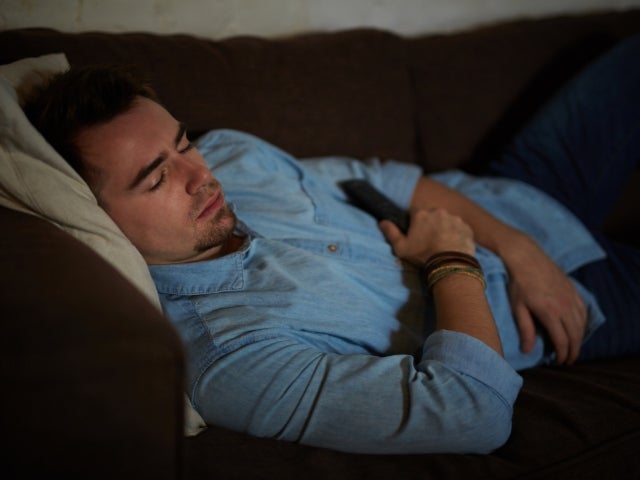
It’s easy to do. You’re relaxing and watching your favorite show. Suddenly, it’s 3 a.m. and you wake to an infomercial about the latest amazing home exercise machine. Older sets use up to 400 watts of power, so all that late-night TV can result in prime-time energy waste. Click the off button if you’re feeling drowsy. If late-night watching is part of your regular routine, upgrade to an ENERGY STAR TV. ENERGY STAR models use less energy than standard sets while still providing a great viewing (or sleeping) experience.
Taking long showers
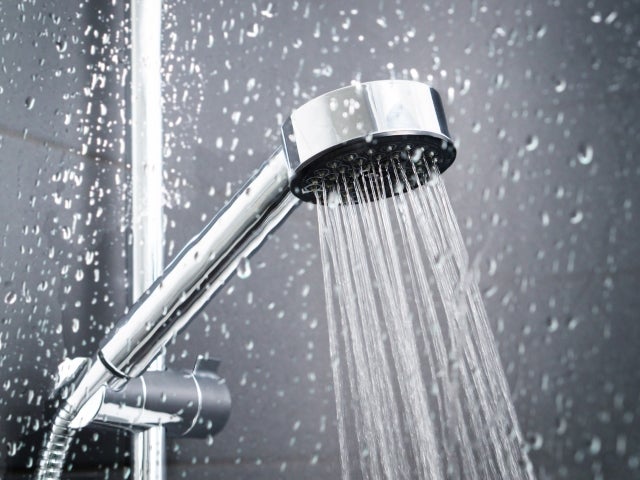
Did you know that standard showerheads use 2.5 to 3.0 gallons per minute (gpm)? Just think of all the water and energy those 20-minute showers are sending down the drain. Everyone likes a hot shower, but keep it to 10 minutes or less. Also, install WaterSense® labeled showerheads. They use 2.0 gpm or less, saving you even more water and energy.
Browsing in front of an open refrigerator
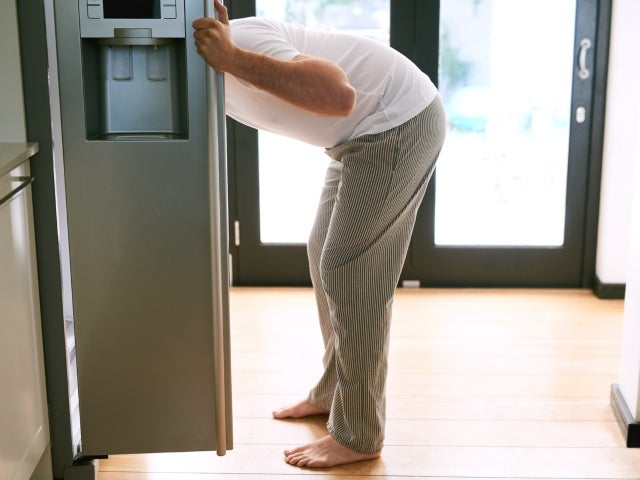
The time you spend deciding between lunch meat and leftover pizza can cost you cold cash. Every year, the average person spends about 10 hours looking at an open refrigerator or freezer, according to the Alliance to Save Energy. That’s a lot of time for cold air to escape, making your fridge work harder. Decide what you want ahead of time and then open and close the door quickly.
Running partial loads
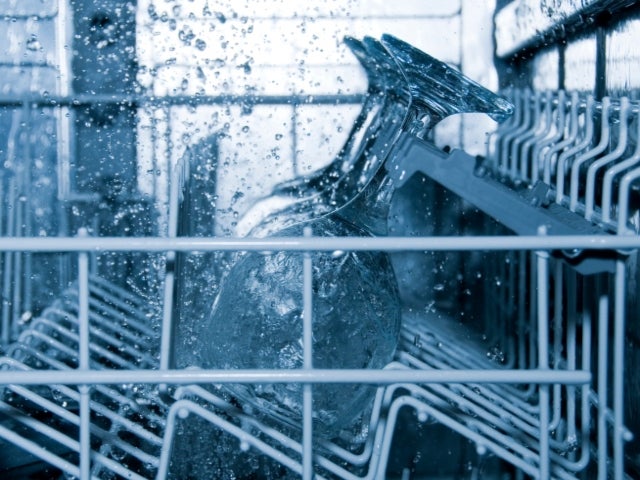
Operating your dishwasher or clothes washer with just a few dishes or a small amount of clothes may sometimes be convenient, but it’s a big waste of energy. Wait until your appliance is fully loaded according to manufacturer’s guidelines before you flip the switch. Your clothes or dishes will be fully cleaned, and you’ll save energy and water.
Charging devices for hours at a time
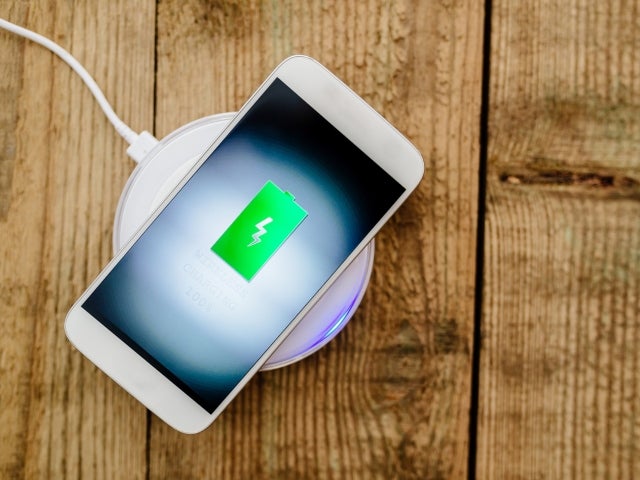
Your phone will never go higher than 100%, but the charger will go on wasting energy. Unplug chargers when they’re not charging anything. Many electronic devices in your home, such as TVs and game consoles, continue to use power even when they’re turned off. Plug smarter with advanced power strips, which automatically shut off power to devices that aren’t in use.
Change can be difficult. However, with a little extra time and effort, you can save energy and money today and all year long.
